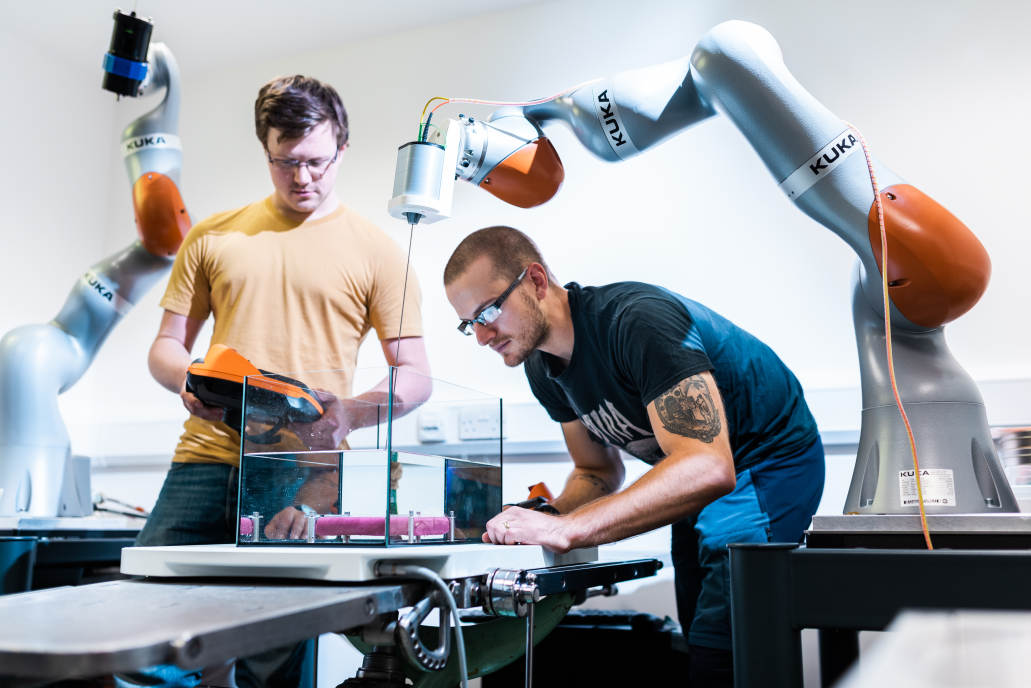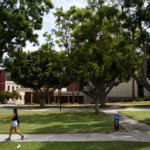University College London is a melting pot of brilliance, drawing over 50,000 students from 150 nations, and employing a faculty of over 16,000 industry-leading staff. Here, excellence is the priority — evident through the fact that there have been 30 Nobel Prize laureates amongst its alumni and current and former staff to date. But it’s not just about accolades; it’s about impact.
Over the years, London’s Global University, which ranks ninth in the world in the 2024 QS World University Rankings, has etched its name in history as a catalyst for change and the home of disruptive thinking. Take for instance the transformative strides made in healthcare; from revolutionising breast cancer treatment with single-dose radiotherapy, benefiting thousands worldwide, to the rapid development of life-saving breathing aids for patients in the thick of the COVID-19 pandemic, its impact is continuously felt on a global scale. Never one to stand still, UCL is always pushing boundaries and charting new territories to advance medical practices.
For example, Researchers from UCL Medical Physics and Biomedical Engineering used smartphone cameras to identify changes in skin tone and eye colour indicative of underlying medical conditions. They developed an artificial intelligence (AI) system capable of not only detecting sight-threatening eye diseases but also predicting broader health outcomes like heart attacks, stroke, and Parkinson’s disease. They developed an innovative x-ray imaging scanner tailored for surgeons performing breast tumour removal surgeries, enhancing precision and streamlining procedures. And they unveiled a novel wearable brain mapping technology designed for infants, offering insights into developmental conditions such as autism spectrum disorder and cerebral palsy.

UCL ranks second in the UK for research power (REF 2021). Source: University College London
Remaining closely linked with industry, UCL Medical Physics and Biomedical Engineering has spin-out companies like Echopoint that pioneers fibre optic technology for diagnosing heart conditions; collaborations with industry leaders, such as Brainbox Ultrasound; and also a 2.2 million pound award from the UK government to fuel four AI-driven research projects — one of which is being led by a Researcher from UCL Medical Physics and Biomedical Engineering.
The department works closely with clinicians, practitioners and scientists from major teaching hospitals. These collaborations keep researchers at the forefront of healthcare engineering while ensuring its accredited academic programmes remain as relevant as can be.
MSc Artificial Intelligence and Medical Imaging is a prime example. Designed to enhance patient care through advanced technology, the curriculum covers core principles and techniques in AI and medical imaging, including programming, machine learning, and image processing. Through a research dissertation and optional activities, students can apply their skills in clinically relevant domains while exploring areas like computational modelling in surgery and entrepreneurship in med-tech.
The Medical Robotics and Artificial Intelligence MSc programme is a better pick for those keen on exploring how technologies can revolutionise surgical environments and enhance healthcare delivery. The MSc’s essential topics cover robot kinematics, motion planning, control, navigation, and data processing using modern ML and AI methods. These are paired with insights into surgical data acquisition and medical device development as well, preparing students for the complexities of real-world applications.
“It’s been really exciting and it’s been a very interesting course,” says Athena, a Medical Robotics and AI graduate who is part of the programme’s first cohort. “It’s been quite varied. One part is learning aspects of robotics and surgical robotics and another part is AI, machine learning, deep learning and how they can be implemented into the medical field. You can also look into computer vision. So, there’s a whole big range of different aspects of the course. It’s been really enjoyable.”

UCL is filled with clubs and societies that foster enduring connections, like the UCL Med Tech Society. Source: University College London
Athena chose the programme to blend her expertise in automation with the dynamic field of medical robotics. Fascinated by the impact that can be made at this intersection, she believes she’s found her calling. “Looking into all the different robotics that are used in medicine — it is quite amazing what they can do. That’s what I want to spend the rest of my life pursuing,” she says.
Following the completion of her MSc, Athena is further honing her skills and building a career leveraging technology to improve healthcare by pursuing a PhD within the department.
Both the Artificial Intelligence and Medical Imaging MSc and Medical Robotics and Artificial Intelligence MSc are excellent pathways to doctoral success. With strong connections to major hospitals such as UCLH, Royal Free, GOSH, Moorfields, and RNOH, students on either route benefit from invaluable practical experience and exposure to real-world healthcare environments.
Within classrooms, they learn from academics who double as active healthcare innovators, engaging in collaborations across clinical, industrial, and academic sectors on a national and international scale. Their guidance ensures students receive cutting-edge insights and are equipped with the latest knowledge and skills demanded by the industry.
Upon graduating, students are well-positioned to contribute to the advancement of emerging technologies, whether it’s the use of AI for computer and robot vision tasks, medical imaging, or the development of surgical robots for minimally invasive procedures. To determine the best pathway to your world-changing aspirations, click here to explore your options.
Follow University College London on Facebook, Instagram, X, YouTube, and TikTok











